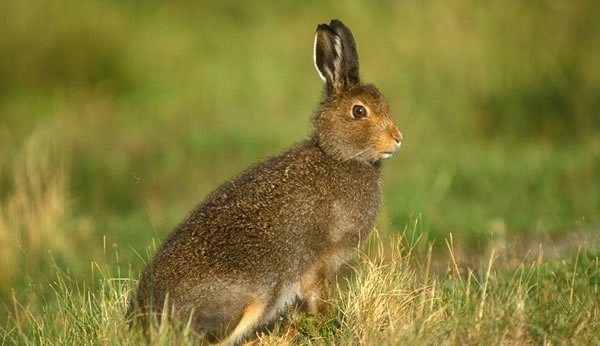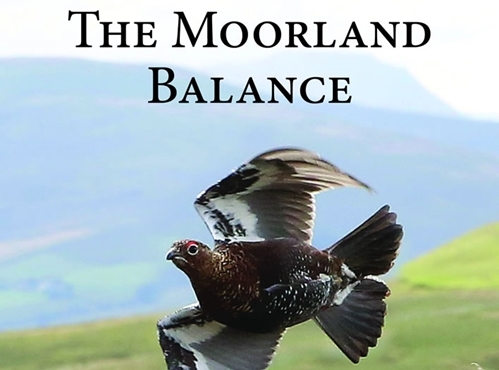
By David Noble, Scottish Chairman, Game & Wildlife Conservation Trust
The Game & Wildlife Conservation Trust has undertaken 50 years of analysis and interpretation of mountain hare data, and our research underpins much of what we know about mountain hare management. We believe in a working countryside, rich in game and wildlife, and to achieve this it’s wise to regularly assess the health of a species’ population, its numbers and its range.
So, we look forward to the conclusions in early 2019 of the Scottish ministers’ commissioned review of grouse moor management, which is also considering a wide range of data in relation to the sustainable conservation of mountain hares.
Managed moorland supports 10 times as many hares
Managing moorland produces a particularly favourable mountain hare environment; we know that mountain hares thrive there, and their number per hectare in this environment is up to 10 times greater than anywhere else in Europe. The context, therefore, of a reported 25,000 culled per annum represents around only 7% of the population, a very sustainable harvest.
But it is vital, and we are determined, that mountain hares should remain a species that sustains favourable conservation status, as Scottish Natural Heritage suggests, and agree with the Mammal Society that a key threat to their future is habitat loss, primarily to woodland or improved grassland.
Grouse moor management – the very system that supports these populations
We caution giving excessive weight to local research into changes in hare abundance using untested count methods from areas experiencing landscape-scale habitat change. We also note the illogicality and the risk of basing an alleged need for the regulation of hare shooting on the perceptions – and they are just perceptions – of organisations and individuals who have explicitly stated their interest in suppressing grouse moor management: the very system that supports healthy populations of mountain hares. More here.
Why we are not supporting a ban on mountain hare control
These groups have been quick to call for an outright ban on culling on the grounds that high bag numbers threaten individual populations. However, the reality is that high bag numbers do not necessarily equal a high proportion of the population killed but are typically indicative of a high level of abundance. Moors have sustainably shot hundreds of hares a year for over half a century.
Most specialist policymakers usefully recognise that mountain hares benefit from moorland management and that loss of habitat is a far more important and defining factor on their conservation status in the long term than culling.
The way forward
The grouse moor community cannot – and does not – ignore public concerns about the culling of this charismatic species. What is required is a coordinated approach, with counting and management of mountain hares at regional level to safeguard against the possibility of any threat to local populations.
Now available as an eBook for just £3.99

Based on the GWCT's submission to the Westminster debate on grouse shooting, this bestselling book is a go-to guide for those with an interest in the British uplands and is based on years of research and practical experience, both from the Trust and other parties.
A full colour digital version (PDF) is now available for just £3.99, a saving of £5 on the paperback version. You can also read it right away as you don't need to wait for delivery!
Buy now >